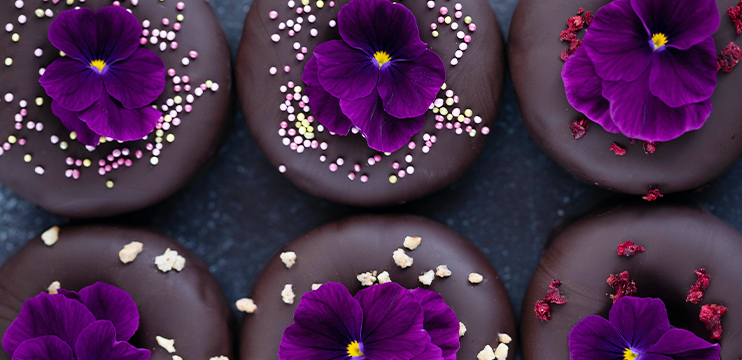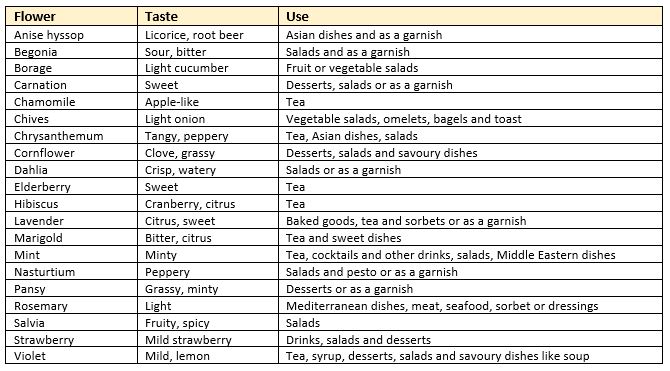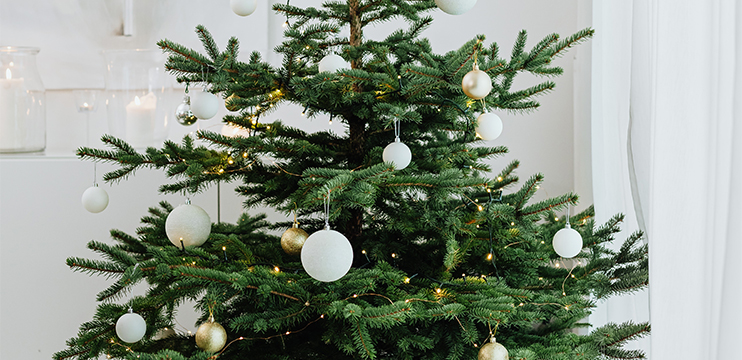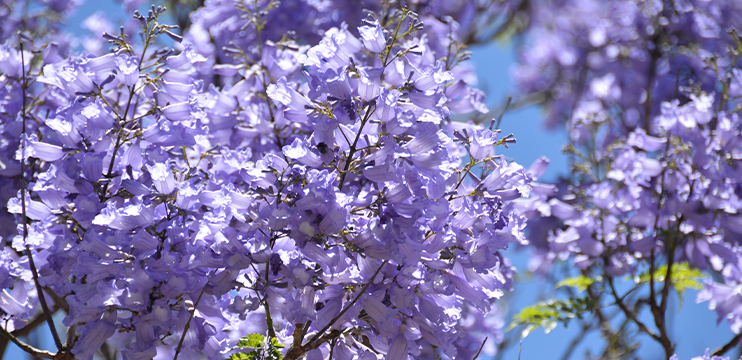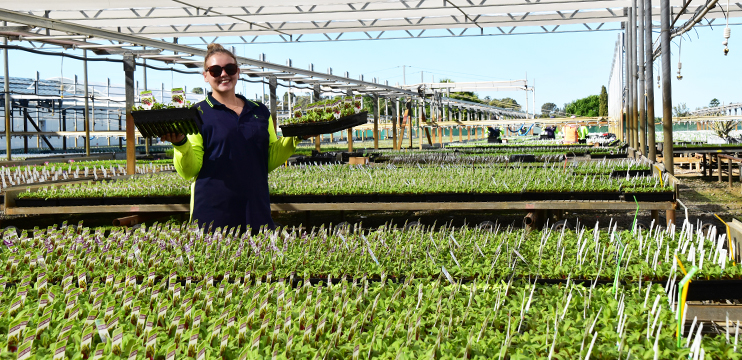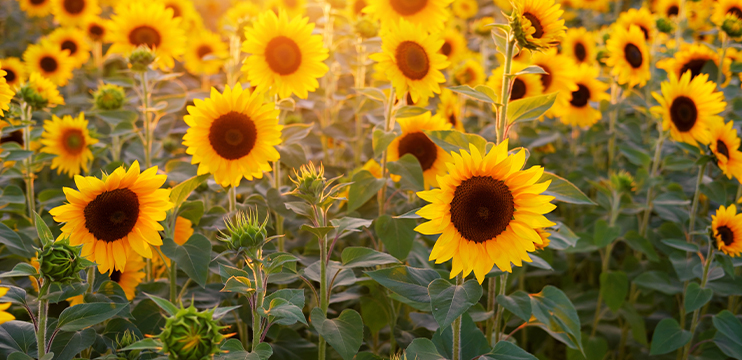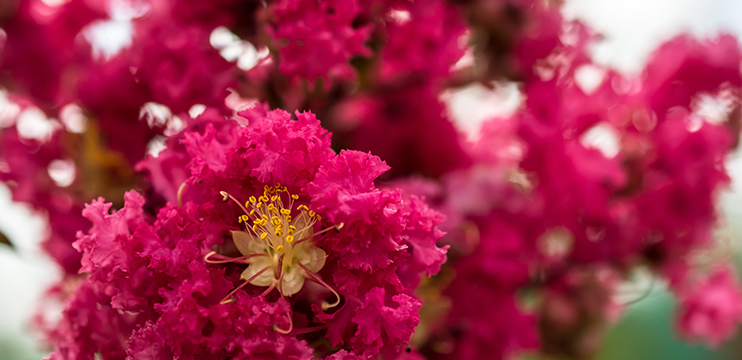Flowers bring joy and cheer wherever they are placed – whether that be nestled in amongst garden beds, adorning pots, cascading from hanging baskets or decorating a table top inside the home. In fact, they are so versatile, flowers are also suitable for homes that have no yard as they can be grown in tight spaces like window sills, balconies and courtyards. They make an excellent gift for a loved one and are easy enough to grow, therefore a great gardening activity for children.
Perhaps overlooked however, is the fact that many flowers are edible.
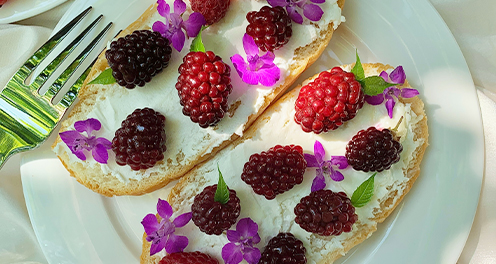
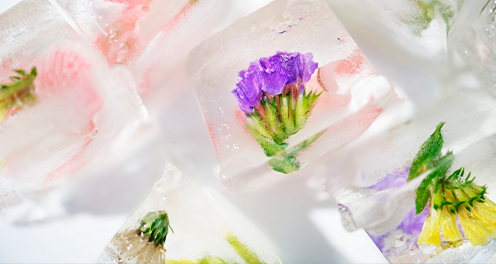
These botanical beauties can do much more than make a space look inviting. Certain flowers, leaves and/or their seeds hold nutritional value and can be readily consumed. This has long been recognized in varieties such as Lavender and Dandelion, which have been used in traditional medicines for thousands of years as natural remedies for mild afflictions. Globally, the demand for edible flowers has boomed in recent years, particularly through the catering and events industries, with television programs further promoting the knowledge and use of edible flowers in gastronomy.
While edible flowers can be purchased pre-packaged from health food or baking supply stores, they are often expensive. Grow your own instead to ensure the dinner table looks bright and beautiful all year round. Doing so will also help more than your wallet. The trend ‘Cottage Core’ is making waves for its visual, economic and environmental impacts, which sees all gardeners from the novice to the expert embracing wild, untamed beds full of flowers that attract and benefit native pollinators, as well as contributing to local biodiversity.
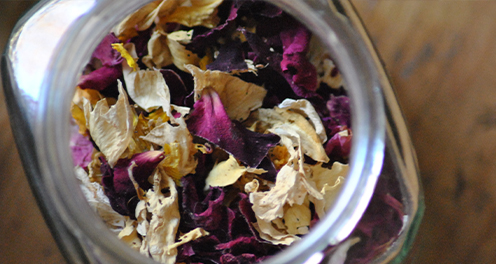
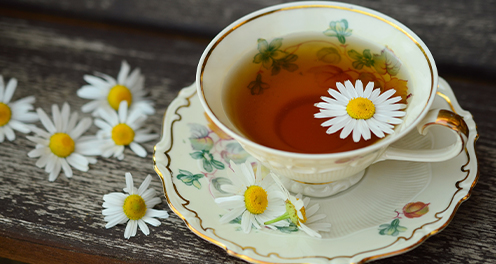
The components of most edible flowers are extremely delicate and don’t preserve well, so it is best to consume them right after being picked. Clean edible flowers by adding to a bowl of cold water and then placing them on paper towel to air dry. Store in a damp paper towel within an airtight container, where they can be kept in the refrigerator for up to a week.
Typically, the most common way to consume flowers is through a beverage such as tea. This is often the case for edible varieties of Chamomile, Hibiscus and Lavender. Steep the flowers in hot water for an hour, then add honey or lemon to sweeten the tea naturally. Alternatively, to really wow your guests, add flowers to their favourite cocktail or freeze the flowers in ice cubes so they can be added to various drinks for extra cheer!
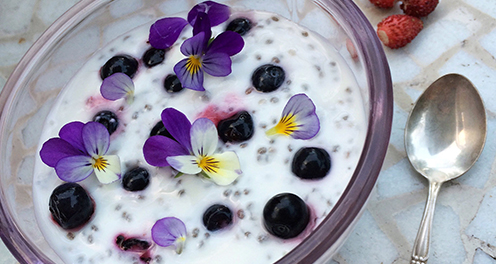
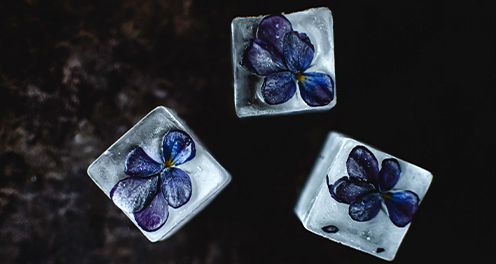
Edible flowers are also frequently used in a wide variety of dishes. From bringing flavour to fruit and vegetable salads, through to decorating desserts such as cakes or pastries. Flowers can also be used simply as a garnish, where it is left up to your guests if they choose to eat it. So, add some colour and flair with edible flowers on your festive dishes this holiday season!
Disclaimer: Edible flowers or foliage should be picked fresh from an area that has not been exposed to any horticultural chemicals and should be washed clean. Some flower components (such as the stamen or pollen) must also be removed prior to consumption. Flowers are often intended only as a garnish, and should not be eaten in excess. If you are unsure whether a flower or its foliage is edible, do not eat it; instead consult a Botanist or your health provider.
Click here to search and view edible flower options in our online plant library.

